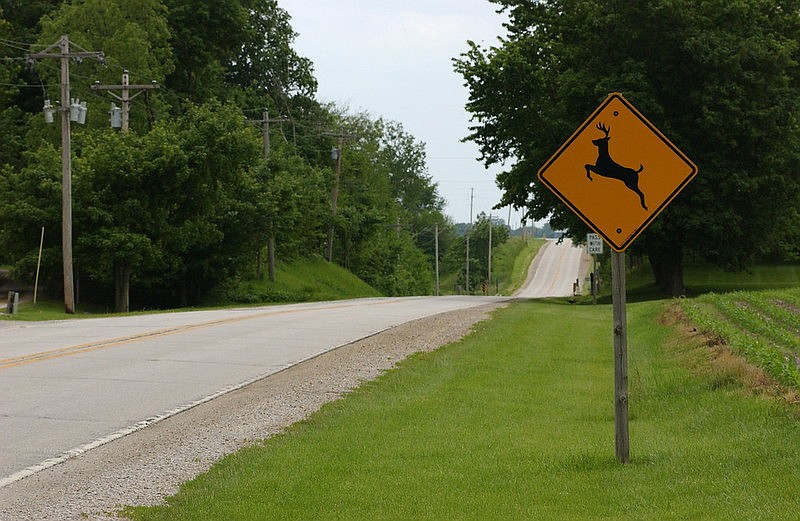- April 2, 2025
Your free article limit has been reached this month.
Subscribe now for unlimited digital access to our award-winning local news.

by: Michal Brower
Public Affairs Specialist, State Farm
State Farm just released its annual animal/deer collision research, which showed that Florida drivers saw an estimated 30% increase in animal collision claims. The most recent analysis reveals there were an estimated 50,800 animal collision claims for Florida (July 1, 2020 to June 30, 2021), compared with last year’s estimate of around 38,800 (July 1, 2019 to June 30, 2020.)
The stats serve as a strong reminder to drivers to remain cautious and aware as we have entered the top three months for animal collisions. Most animal-related crashes in the U.S. occur from October to December. While most collisions are with deer, many other animals followed closely behind such as dogs, cats, farm animals, and rodents.
Animal collision avoidance and safety tips
After-crash tips from an insurance perspective
Your free article limit has been reached this month.
Subscribe now for unlimited digital access to our award-winning local news.